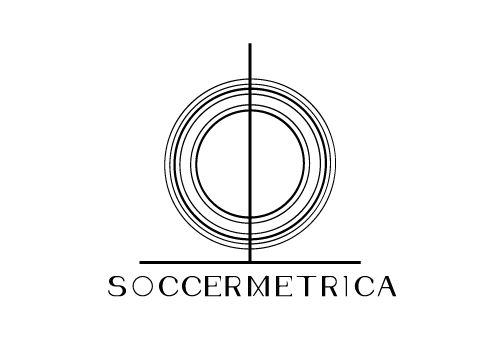Manchester United's poor start to the season continued with a 0-0 draw away to Burnley. Louis Van Gaal's side were aided by the debut of Angel Di Maria who started at the base of midfield alongside Darren Fletcher. The only other change from the side that drew 1-1 last weekend at Sunderland was Johnny Evans into the back three for the injured Chris Smalling.
In theory Burnley should have been the ideal opponent for Van Gaal's side to gain a bit of confidence in their new 3-4-1-2 shape. The home side set out in a 4-4-2, a formation that has a number of disadvantages against 3-5-2 on paper.
In a 3-5-2 vs. 4-4-2 match up, the 3-5-2 side has a 3 v. 2 advantage in defense, a 3 v. 2 advantage in midfield and a 2 v. 2 up front, meaning the opposition doesn't have a spare center back to provide cover. In effect, Burnley were outnumbered 4 to 5 in the middle of the pitch in attacking areas.
With the spare man in midfield, Juan Mata would have expected to to find plenty of space to work in between Burnley's defensive and midfield lines. However, the home side did an excellent job keeping the space compact between the lines. The center midfielders David Jones and Dean Marney and center backs Jason Shackell and Michael Duff stuck tight to one another, limiting the space for Mata to operate between them. Mata saw plenty of the ball and completed 39 of 40 passes but he was forced to drop in front of Burnley's midfield and towards the channels to get on the ball so that he was always separated from his forwards by the Burnley midfield. Rarely did he get on the ball behind the Burnley midfield where he could turn and play penetrating passes for Rooney and Van Persie behind the Burnley center backs. Mata played just 4 passes to Rooney and just 1 to Van Persie throughout the match. United had just 1 first half shot and finished the match with only 2 shots on target.
Di Maria was quite good overall but it doesn't seem as though 3-5-2 is a shape that has a natural position for him. From his deeper midfield position today he struggled to get into areas of space where he had the opportunity to run with the ball in space, something he did so well playing as the left center midfielder in Real Madrid's 4-3-3 last season. Today he would frequently drop deep to get the ball from Fletcher and the United center backs. He showed his long passing quality from these deeper positions, with one particularly tasty diagonal ball to Van Persie coming to mind, but he's at his very best moving towards the left channel and combining with the wide men in space.
Di Maria also played higher up the pitch than Ander Herrera or Tom Cleverley had alongside Fletcher in United's first two league games. This left Fletcher with a lot of defensive work to do on his own in front of the back three. The lone holder isn't a role Fletcher is especially suited to. New arrival Daley Blind can play one of the holding positions and we saw Herrera start in that spot for United's opener. If one of those two partner Fletcher or play with one another in the deep midfield roles, where does Di Maria play? He could play the Mata role behind the two forwards but then you're forced to leave a gifted creative player on the bench. Alternatively he could certainly play wing back given his energy, tactical intelligence and willingness to work for the team but then do you really want to give your side's most dynamic attacking player that much defensive responsibility?
Van Gaal's reason for playing 3-5-2 was largely that it allowed him to play Van Persie, Rooney and Mata all in their favored positions. While most of the attention has been paid to the squad's poor defending with the new shape, it's been shocking just how impotent they are in the attack. Four games is too quickly to implement a new system but when a formation allows a front three of Mata, Rooney and Van Persie and you manage just two goals against a newly promoted side and two sides that battled relegation last season it's a worrying sign.


